Wood Marsh’s Esplanade Brighton project redefines medium-density coastal housing in Melbourne with a sophisticated balance of bold contemporary architecture and deep contextual sensitivity. Developed in two stages on a formerly vacant brownfield site, the master plan introduces 24 townhouses and 11 apartments across four distinct buildings, all nestled within an extensively planted native coastal garden.

Site and Contextual Response
Located on a tightly constrained site bordered by apartments, post-war houses, train lines, and the Brighton Beach Hotel and car park, the design maximizes westward views toward Greenpoint Park, the beach, and Port Phillip Bay. The master plan prioritizes open, green spaces by composing a series of sculptural pavilions set within a lush garden that extends as a central green spine through the site. This landscaped spine aligns axially with the Green Point cenotaph memorial, fostering a strong connection with the broader urban and cultural context.

Architectural Composition and Streetscape
Rather than filling the site with continuous buildings, the project uses distinct, carefully sited pavilions to allow breathing space and foster community interaction. Townhouses line a tree-shaded shared access way, encouraging neighborly connections and playful outdoor engagement. Their softly fluted timber façades and overhanging terraces provide a finely textured residential streetscape that controls views and privacy.
The architectural language transitions gracefully from these smaller-scale townhouses to the larger, sculptural apartment blocks fronting the site. The apartment blocks reduce their perceived bulk through a stepped height arrangement from north to south, respecting the low-rise beachfront dwellings and urban grain.

Materiality and Sustainability
A palette of enduring materials—including timber, stucco, rendered masonry, and zinc—imbues warmth, texture, and durability across the development. This careful material selection allows the buildings to harmonize with the coastal environment while distinguishing each pavilion with unique forms and details.
The apartments feature multiple aspects opening to the garden and beach, promoting natural cross ventilation and passive cooling. Interiors are meticulously crafted with natural materials and bespoke design elements such as cast bronze door handles and custom joinery.
A fabric-first approach ensures high-performance thermal insulation, combining fully insulated double-stud walls and masonry for thermal mass on northern facades. High-efficiency glazing with thermally broken frames helps the project achieve an outstanding average energy rating of 7.8 stars, with several units surpassing 8.5 stars. Acoustic separation is also expertly handled throughout.
Sustainability is further enhanced by rainwater harvesting systems used for garden irrigation, reinforcing the development’s commitment to environmental responsibility.
Conclusion
Esplanade Brighton offers an exemplary model of medium-density coastal living that seamlessly blends innovation, sustainability, and contextual respect. Through thoughtful master planning, sculptural architectural forms, and a lush native garden, Wood Marsh has created a vibrant community that resonates with Melbourne’s Bayside character and landscape.
Photography: Derek Swalwell & Ben Moynihan & Lynton Crabb
- Coastal Housing Melbourne
- Coastal Urban Planning
- Community-Oriented Housing
- Contextual Residential Architecture
- Cross Ventilation Apartments
- Double-Stud Wall Construction
- Esplanade Brighton Apartment
- High Energy Rating Buildings
- Landscape Integration Design
- Low-Impact Housing Development
- Medium-Density Housing
- Melbourne Bayside Architecture
- Native Coastal Garden
- Passive Cooling Architecture
- Rainwater Harvesting Systems
- sculptural architecture
- Sustainable Residential Design
- Thermal Insulation Design
- Timber Façade Design
- Wood Marsh Architects



































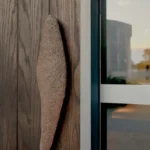


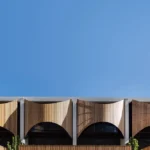
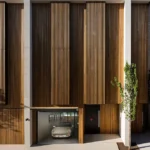
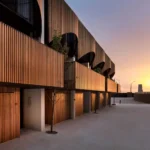












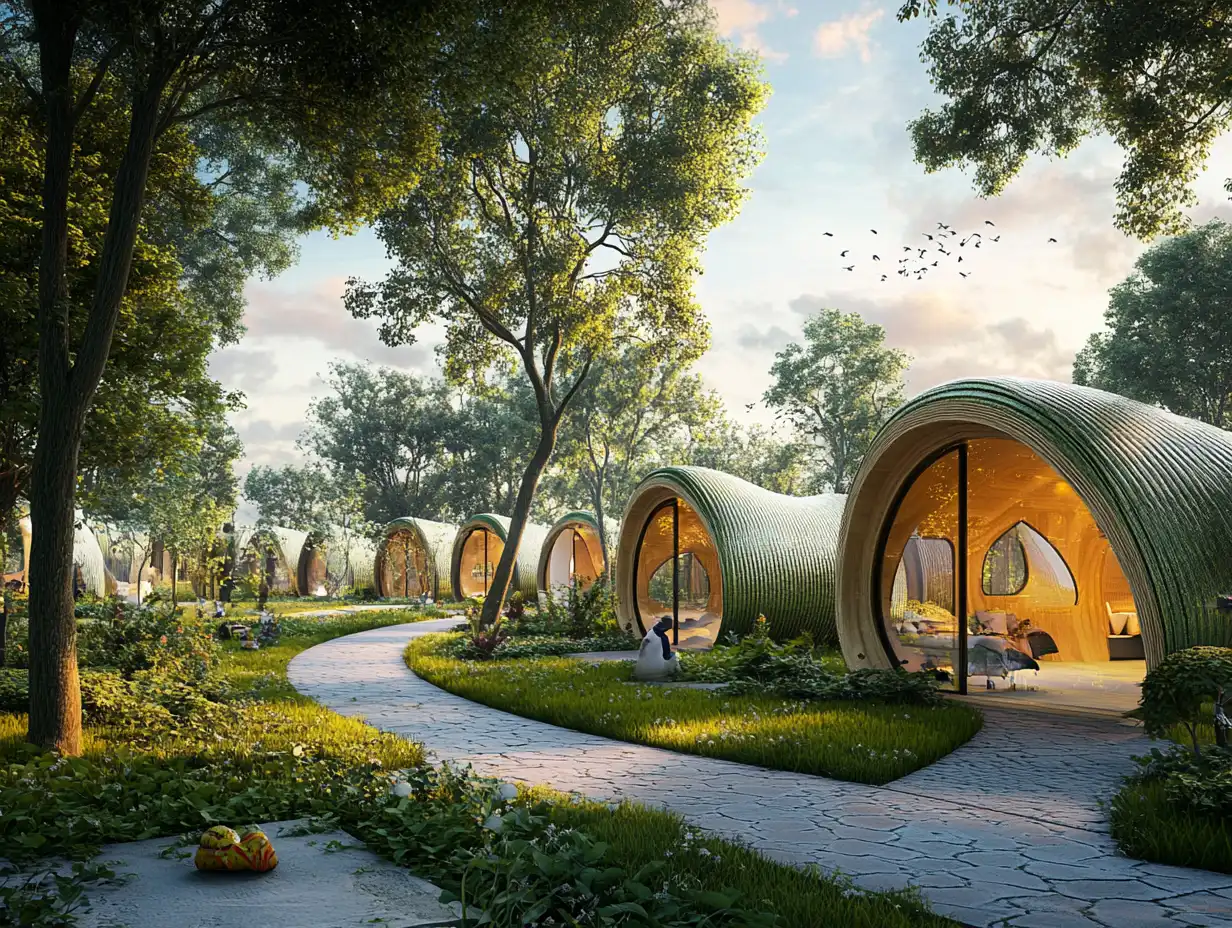
Leave a comment